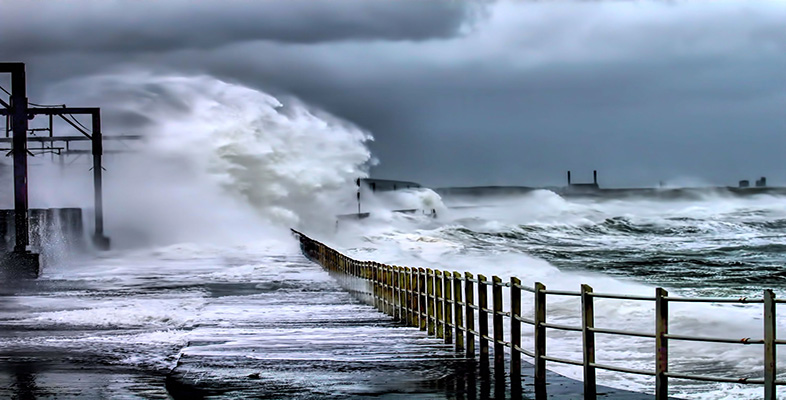8.2 Changing views
The tension between the outdoor movement and those who promote renewable energy projects like wind farms as a source of income and green energy in remote rural places is an example of the way that the outdoor movement continually seeks to protect the outdoor experience as natural. In a similar way the environment movement is split between local concerns about protecting landscapes from unnatural objects like wind turbines and global concerns about anthropogenic climate change. Our views and our background (our culture) condition the way we see nature or landscape and our attitude towards them.
For me, one of the most interesting aspects of this changing view of landscape is the way that in the West Highlands the taste for 'natural' landscapes developed alongside social and economic processes that saw people cleared from their smallholdings to make way for sheep and later for hunting deer – the Highland Clearances. The architects of the clearances repositioned themselves as custodians of the wild landscape. Landseer's painting, Monarch of the Glen, is a typical depiction of an empty Highland landscape where the actual removal of the people from these glens is literally painted over in the painting that adorns the drawing rooms of the upper classes (Makdisi, 1998). Later, many of the families who actively cleared people from the landscape were the founders of the National Trust of Scotland (Lorimer, 2000).
The natural beauty of the empty glens in Sutherland is anything but natural. They are carefully managed landscapes that still carry the echoes (in the crumbled walls of people's homes) of a culture that was forcibly removed. These are essentially cultural landscapes. Cultural landscapes can be understood as the landscape created by our practices (for example the managed grouse moors of the Cairngorms), and also the way we interpret and represent those physical forms, for example the picture postcards of 'your wee bit hill and glen' (Williamson, 1960s).
